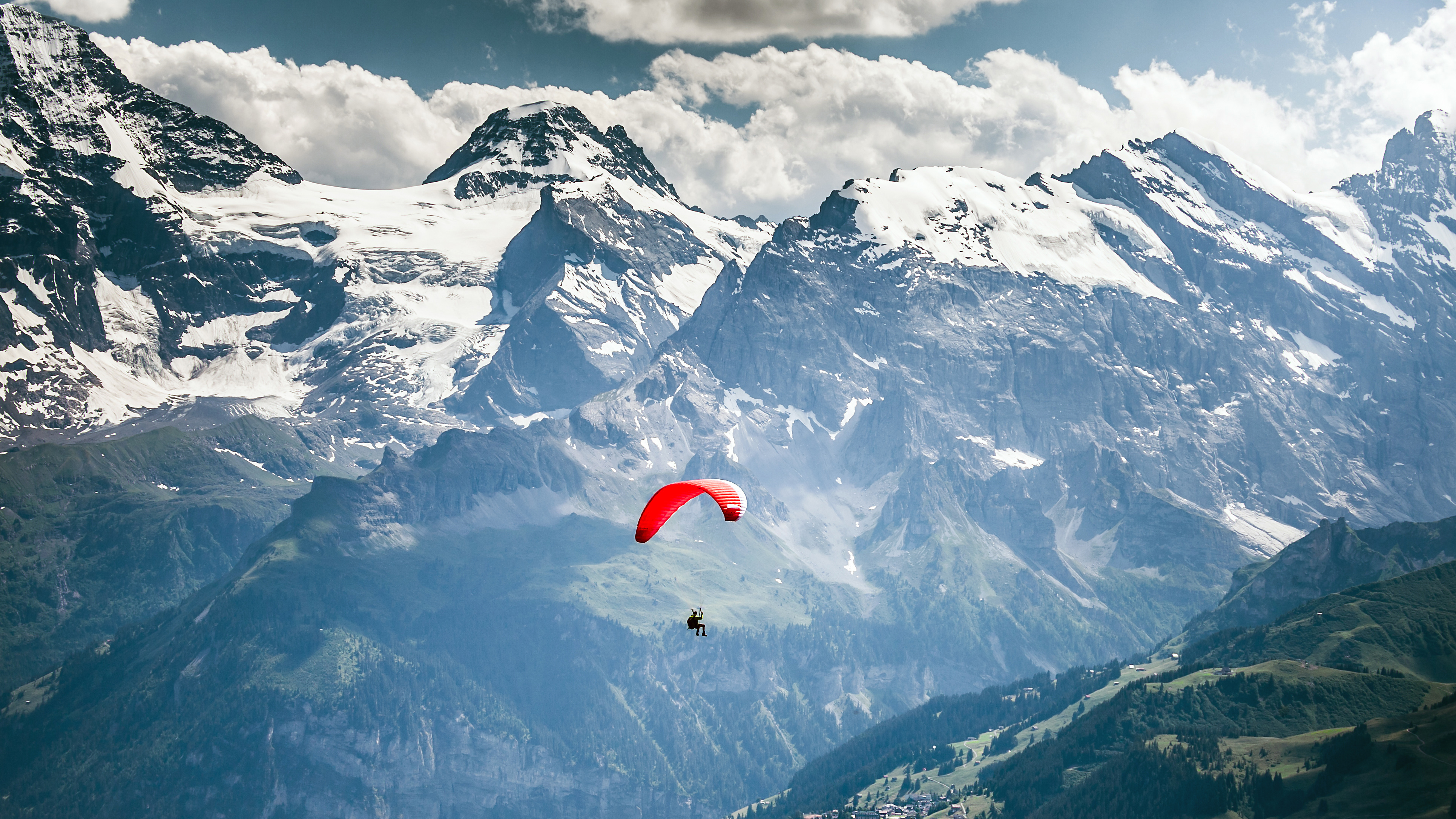
Combining two activities can yield some rather interesting and exciting results, particularly where the great outdoors is concerned. Think bikepacking, the adventurous, freewheeling spawn of backpacking and bike touring. Then there’s packrafting – that’s hiking with a portable raft in your pack that you can whip out when you come to the shore of a lake. How about ski mountaineering? Climb a mountain with skis – on your back if it’s really steep – and then launch into a thrilling descent.
The focus of this feature, paralpinism, isn’t too dissimilar to ski mountaineering, as it involves climbing mountains in a technical pair of hiking boots before finding a somewhat more exhilarating way back down. You’ve probably heard of both paragliding and alpinism. Merge the two, and you’ve got paralpinism. Our mountaineering expert is here to reveal more about this liberating pursuit.
What is paralpinism?
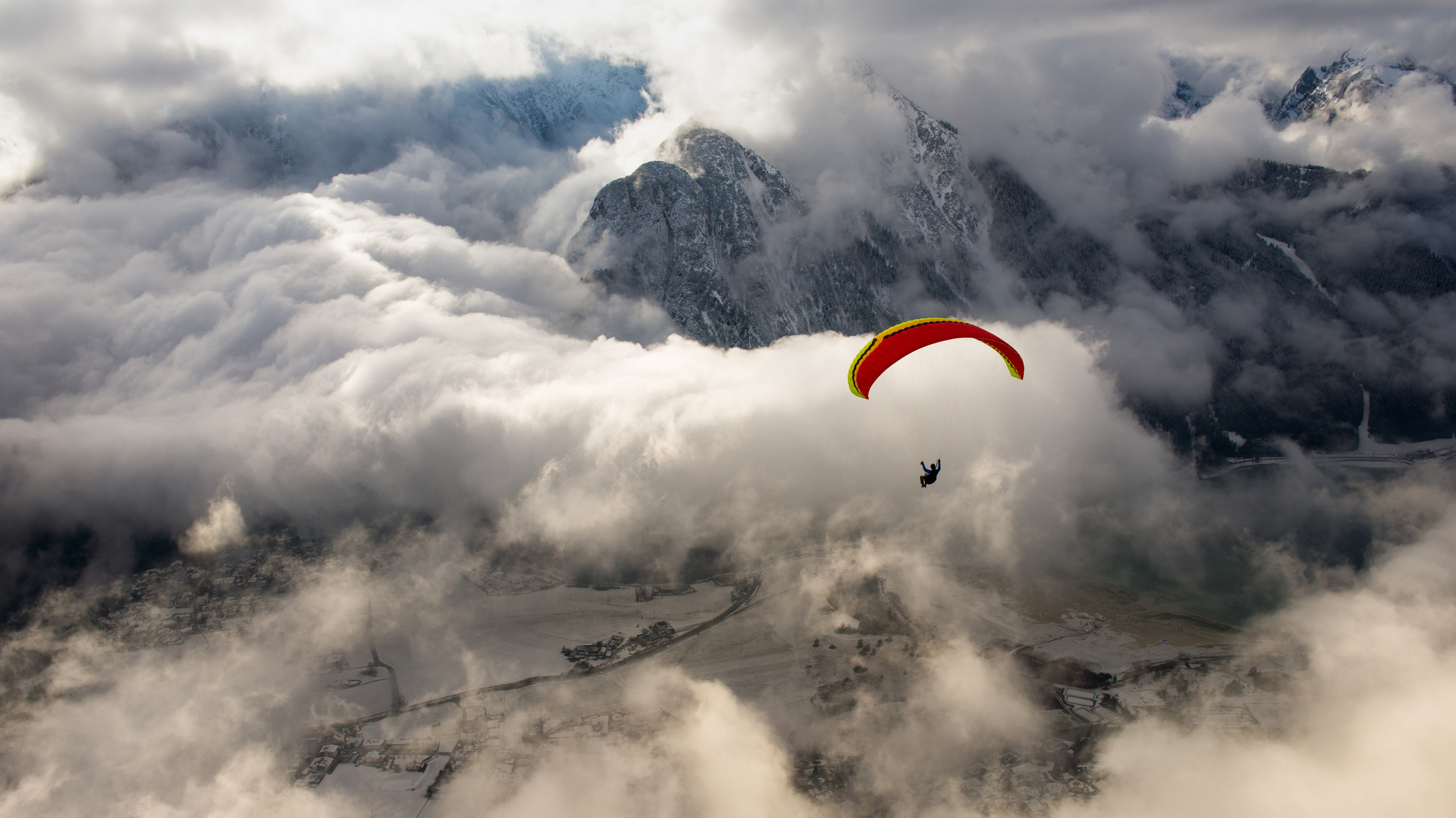
Paralpinism is an approach to mountaineering where you climb to a high summit before taking to the skies on a paraglider and descending through the air back to the valley.
It’s a relatively modern pursuit and does away with the sometimes-tedious long descents associated with mountaineering. Instead, it swaps them out with the exhilaration of soaring through the sky coupled with dazzling bird’s eye views of the mountain landscape.
Meet the expert
Today's best deals
A little paralpinism history
- Canadian Domina Jalbert patented a design similar to the paraglider the 1960s
- In 1978, Jean-Claude Bétemps and André Bohn brought the pursuit to the public's attention
- In 1988, Jean-Marc Boivin ascended Everest and flew off the summit
- Lighter equipment has paved the way for paralpinism's growth in recent years
The history of paragliding can be traced back to the mid 1960s, when Canadian Domina Jalbert patented a design not dissimilar to the modern paraglider. The French farming village of Mieussy is often cited as the birthplace of paragliding. Here, in 1978, Jean-Claude Bétemps and André Bohn launched from the steep slope of Mont Pertuiset, attracting the attention of the media and firing the public’s imagination of what could be possible.
Climbing a mountain is strenuous. This is well documented. It’s even more strenuous if you’re carrying loads of weight in your hiking backpack, which is why paralpinism is a bit of a wee nipper as pursuits go. Only once lightweight equipment – both in terms of paragliding and mountaineering – started to become readily available did the activity start to grow in popularity.
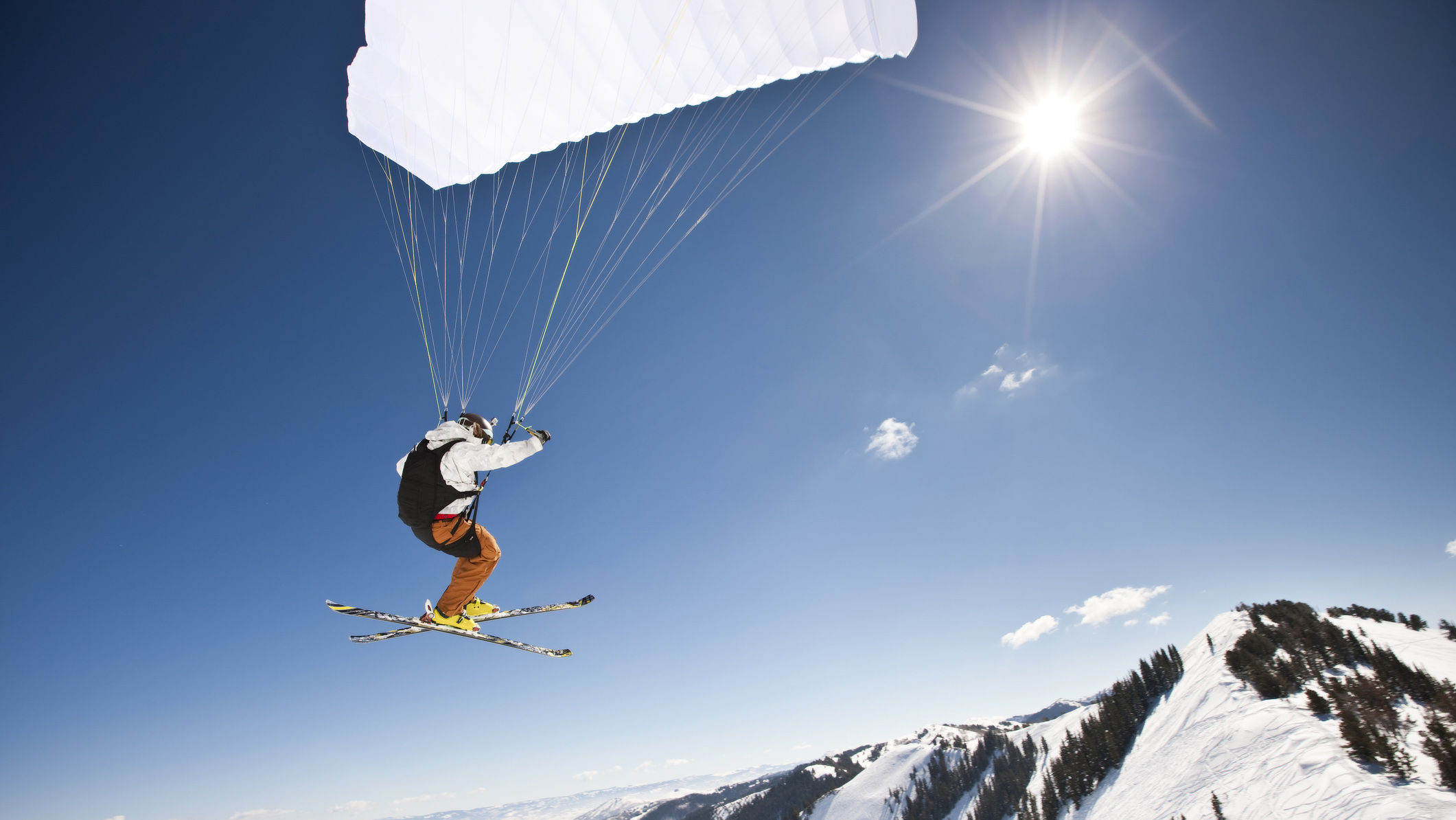
The actual term paragliding first appeared in 1985 (making it as old as the person writing this) when authors Patrick Gilligan and Bertrand Dubuis wrote The Paragliding Manual, the first instructional text on how to paraglide. As paraglider designs became lighter, easier to fly and more stable, paralpinism started to evolve from traditional paragliding. However, it was only in 2006 that it was recognized as an official mountain sport by the influential Fédération Française des Clubs Alpins et de Montagne.
For some, the ultimate prize in paralpinism is to fly from Mount Everest. Up until 2022, the Nepali government had never issued a permit to fly from the world’s highest mountain. This all changed when, in May 2022, South African Pierre Carter took off from the South Col. This may have been the first legal flight on Everest but Carter was not the first to fly from the mountain. On 26th September 1988, French alpinist Jean-Marc Boivin ascended to Everest’s summit before making the highest paraglider flight in the world.
How do you get into paralpinism?
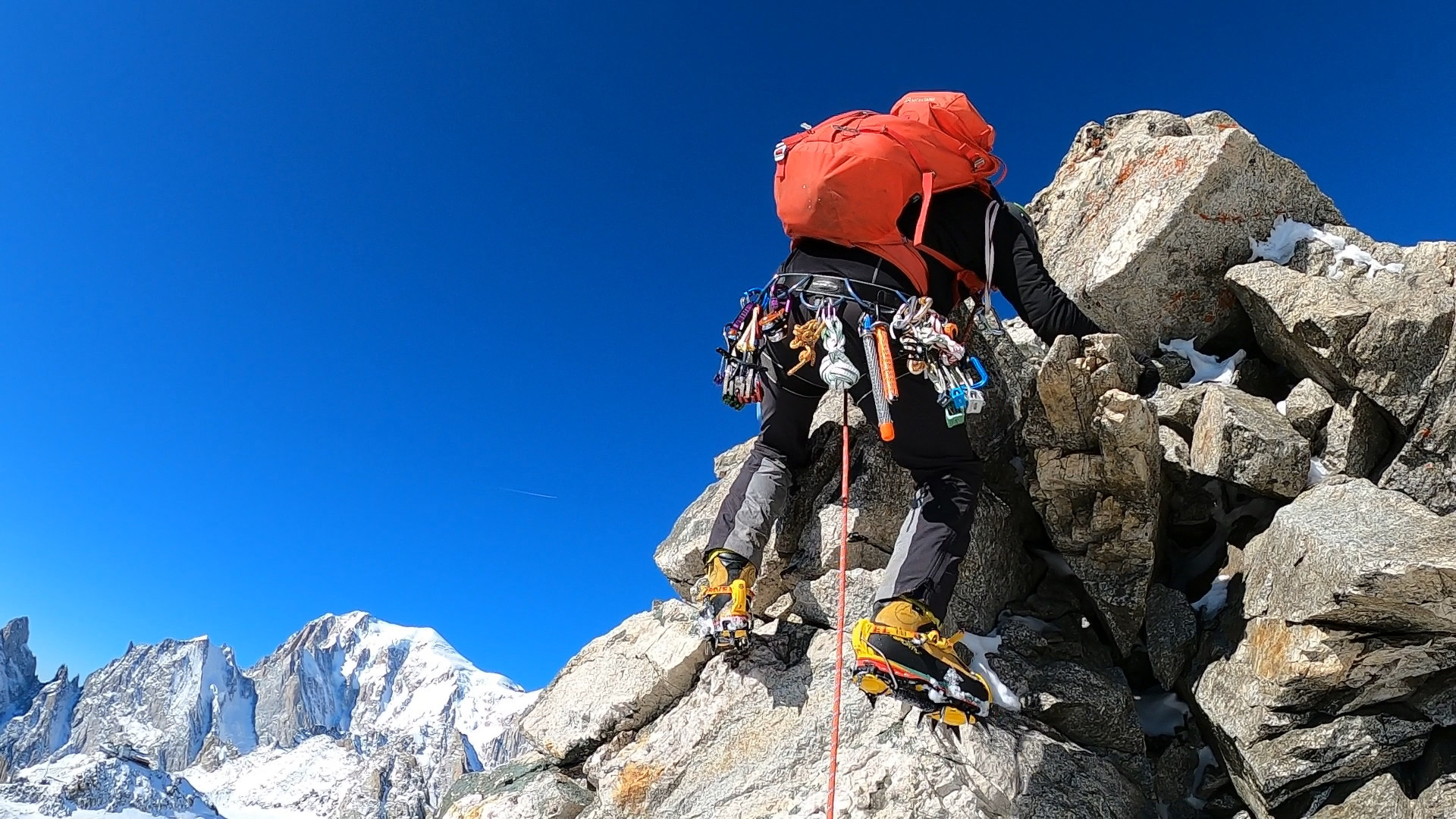
On the face of it, paralpinism is the combination of two highly skilled activities. If you’ve never gone paragliding before, this is the place to start. Book a guide, learn the skills and see if you enjoy it.
While it could be argued that paralpinism refers to flying from the summits of alpine peaks, it doesn’t have to be taken to this extreme. Once you’re an adept and experienced paraglider, there are thousands of summits that can simply be hiked up without the need of crampons, ice axes, glacier travel techniques and everything else associated with alpinism. So, if you’re an experienced hiker, once you know what you’re doing with a paraglider, the world’s your oyster. This approach is sometimes called hike & fly and all you need is your hiking shoes, to get you into position.
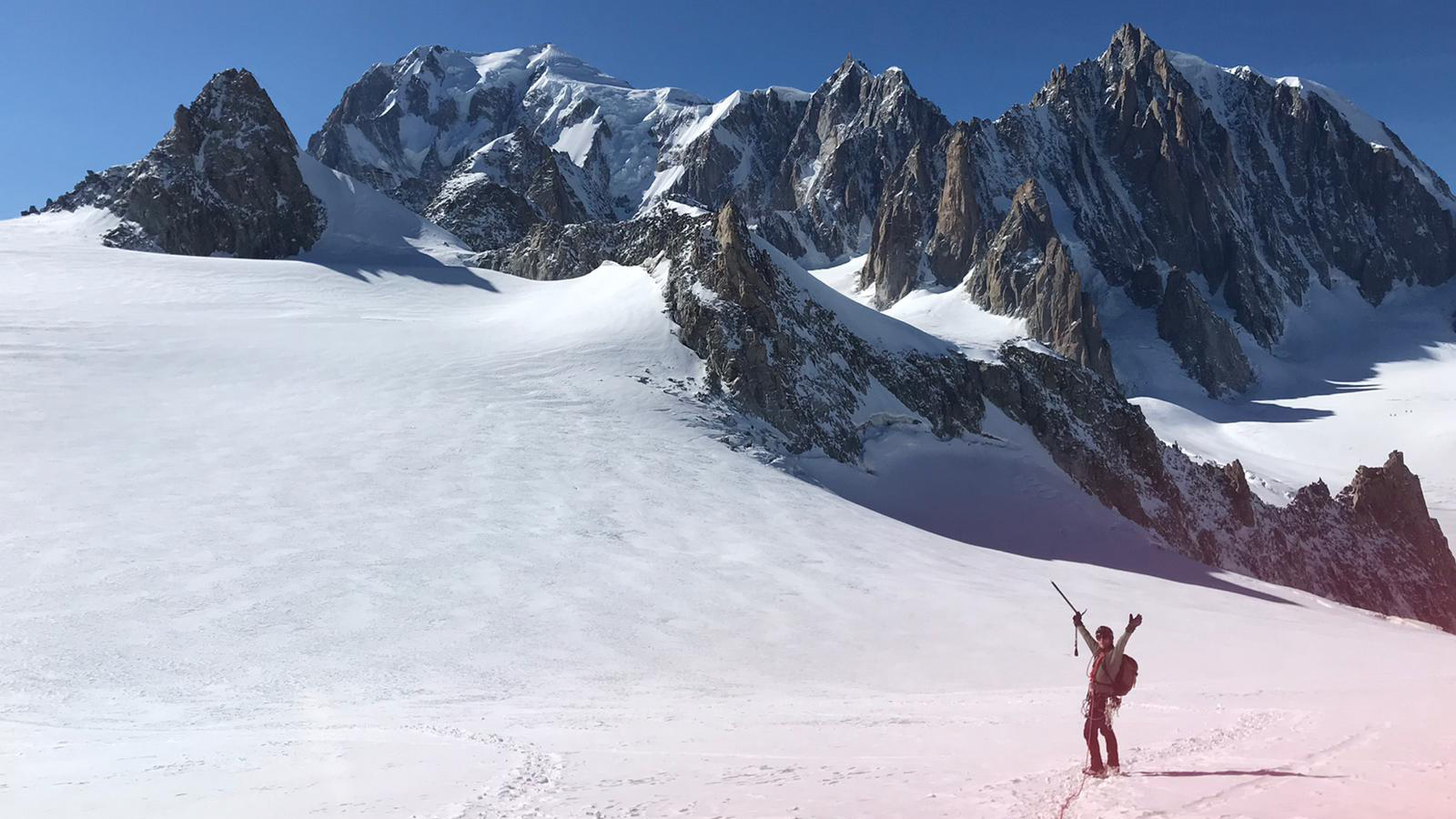
If the alpinism game is important to you, there are various ways you can develop your hiking nous into mountaineering skills, though you’ll need to get yourself a pair of winter hiking boots. The best way to learn is to book a mountaineering course and learn the correct techniques from a guide. The downside to this is that it can be expensive. Another way is to join a mountaineering club and learn from more experienced members. The disadvantage here is that you might not get shown the safest techniques and you may end up learning bad habits. The obvious plus is that it’ll be a lot cheaper. Me? I did a combination of the two.
What conditions do you need for paralpinism?
To even attempt to take off from a mountain summit or high plateau, you need high pressure and very low winds of around 10mph or less. Speeds of above 18mph are generally accepted unsuitable for any form of paragliding. While it doesn’t necessarily have to be sunny, dry conditions are also important.
Mountains can be very windy places indeed. The conditions up high can often considerably blowier than those in the valley, as the terrain is so exposed. Unfortunately, windy conditions are the enemy of potential paraglider flights.
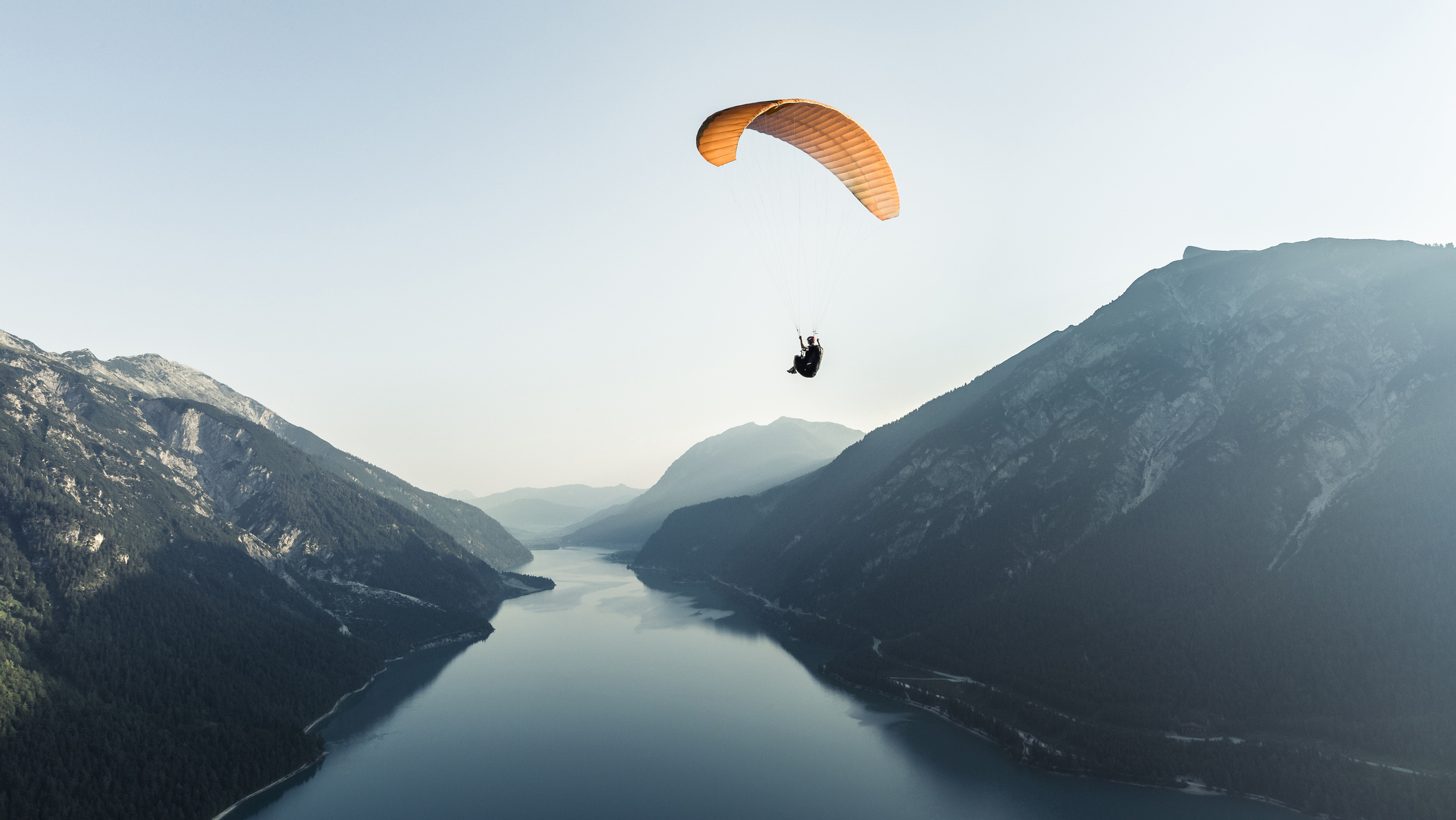
It’s crucial to check weather forecasts to ascertain if the conditions are set to improve, stay the same, or deteriorate. The last thing you’d want is to launch off into the abyss in glorious conditions to then be assaulted by an incoming storm. Another consideration is the weather conditions at different altitudes, particularly if you’re descending from a really high mountain.
The best season varies from location to location, though it’s generally accepted that winter is the most challenging season for both the mountaineering aspect and the paragliding. The hazards involved when climbing mountains multiply in winter, while the thermals are weaker when it comes to the flight.







